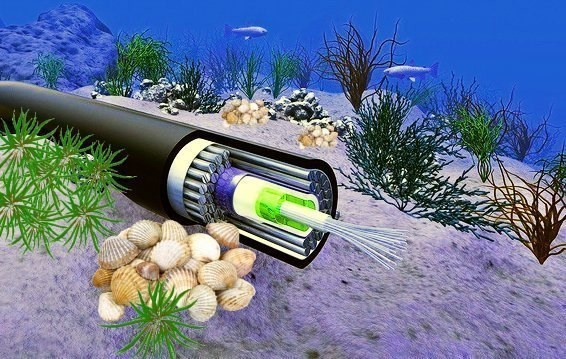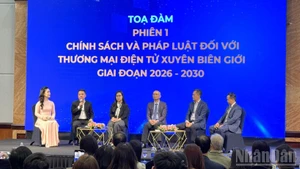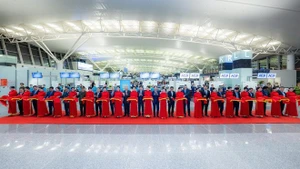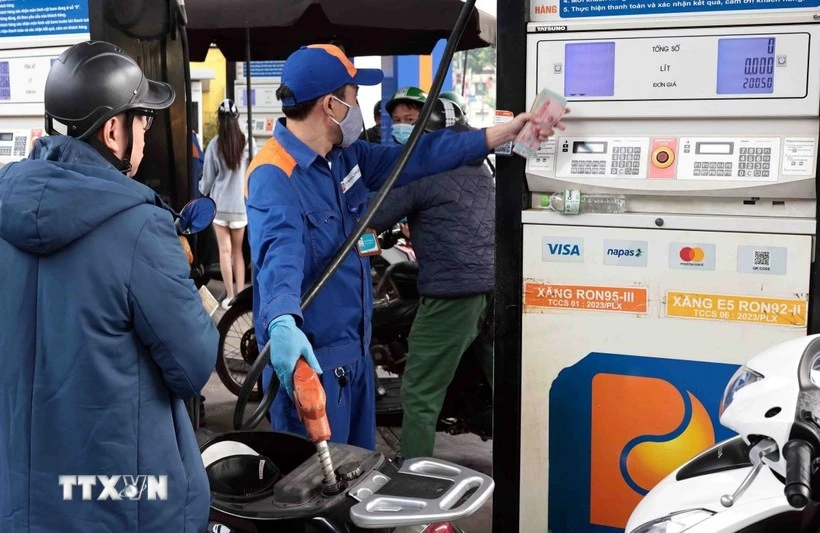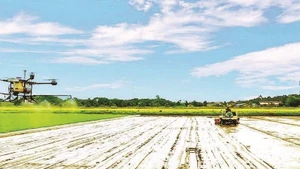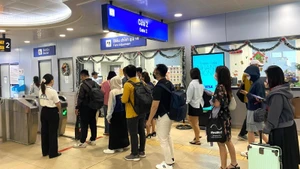However, the country’s Internet connections may be still slow during peak time, the agency said.
Four submarine cables Asia-America Gateway (AAG), Asia Africa Europe 1 (AAE-1), Asia Pacific Gateway (APG), and Intra Asia (IA) that connect the country to the world are experiencing issues, seriously affecting performance and reliability as about 75% of international Internet connections from Vietnam have been lost.
Since February 10 when telecommunication firms took technical solutions and opened up more data flows on land-based cables, the Internet connections have been improved and 50% of international Internet capacity has been restored.
Nguyen Hong Thang, Director of the Vietnam Telecommunications Authority, said that a coordination board was established to monitor measures responding to the submarine cable incident.
Notably, besides applying technical measures, telecommunications firms also quickly opened more connection capacity on land cables to ensure service quality and interests for Internet users despite high costs, he said.
Following the direction of the Ministry of Information and Communications, telecommunications enterprises shared international traffic with each other, for example, Viettel shared 100Gbps of international Internet connection capacity for VNPT.
On the morning of February 12, VNPT's peak hour traffic was 94.95%, while Viettel's was 96%
To completely solve this problem, VNPT has negotiated with partners to buy more Internet capacity on land and put it into use in the next one or two weeks.
A representative of Viettel said that it will continue to negotiate to buy more capacity on land-based cables to ensure a minimum backup rate of 10%.
Representatives of MobiFone and FPT Telecom said that they have applied technical measures to ensure the capacity of international connections.
At peak hours on February 12, consumers of FPT, MobiFone and CMC used about 80%, 73% and 88% of their international traffic, respectively.
